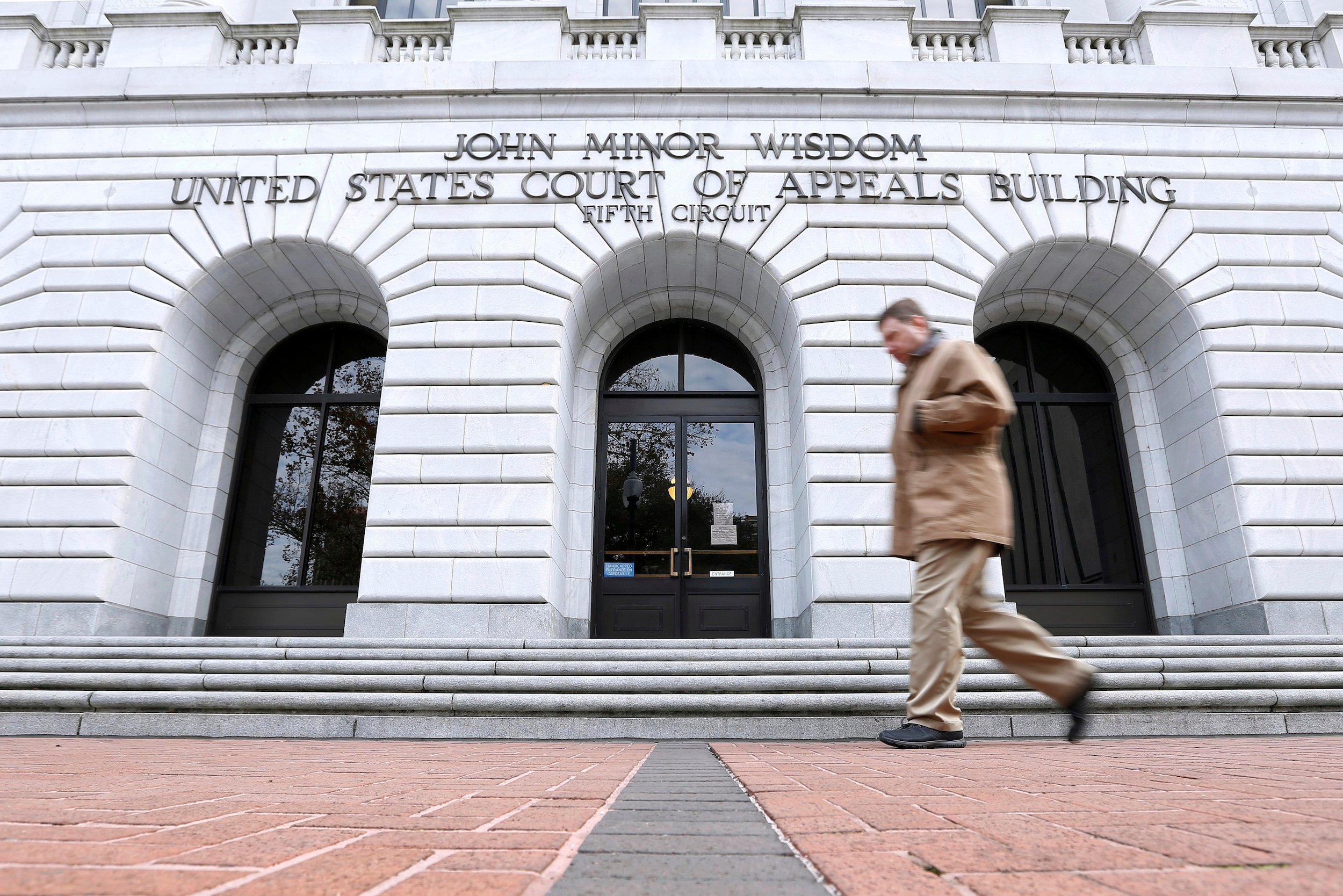A couple of years ago, our reporters tried to pin down one of the most central data points in the conversation about gun violence: how many guns exist in the United States. It wasn’t an easy task — there aren’t comprehensive figures — but they figured out a way to approximate America’s civilian gun stock. Last week, those numbers were updated to reflect the latest data from the CDC and ATF, which puts the number of guns produced for the U.S. market since 1899 at 512 million. Using a common attrition rate, that leaves about 392 million guns in circulation.
The updated figures come at the tail end of a boom in gun sales. The Trace’s Chip Brownlee found that gun sales have steadily declined since 2020, when they hit record levels, and gun manufacturers have also scaled back production in recent years. Jonathan Metzl, who directs Vanderbilt University’s Center for Medicine, Health, and Society, said it was inevitable that demand would taper off, partially because “many more people have guns now, and so the market of potential consumers is a lot smaller than it was during the pandemic.”
On Thursday, a panel of the U.S. 5th Circuit decided that the market could use some widening. The conservative appeals court struck down the federal ban on selling handguns to people younger than 21, significantly raising the chances that the Supreme Court will weigh in on age-related firearm restrictions. In the meantime, the ruling could still be blocked. But that might not mean much if dealers decide to start selling to 18- to 20-year-olds, law professor Dru Stevenson told The Trace’s Chip Brownlee: “The argument will be that if the 5th Circuit has said that the law was unconstitutional to start with, then it would be unconstitutional to prosecute.”
From The Trace
How Many Guns Are Circulating in the U.S.?: We attempt to pin down a central — yet elusive — data point in the conversation around gun violence.
Appeals Court Says 18-Year-Olds Can Buy Handguns, Teeing Up SCOTUS Battle: The January 30 ruling is the latest in a series of divergent opinions on age restrictions for guns. Experts say the split means the justices are likely to intervene.
Gun Sales Are Plummeting. Here’s Why: A Trace analysis found that Americans purchased 6.5 million fewer guns last year than in 2020, when the pandemic pushed demand for firearms to record levels.
Philly’s Police Watchdog Board Hasn’t Conducted Any Investigations. Its Head Blames the Union: Philadelphia’s Police Department has a troubled history with use of force, especially in the Black community.
‘A Direct Attack on Science:’ Trump’s Return Is Rattling Gun Violence Researchers: Days after the inauguration, White House directives and pledges to cut public health funding are already causing chaos and uncertainty. Experts say this is just the beginning.
What to Know Today
Custer Sportsmen’s Club is rural Whatcom County, Washington’s most heavily used shooting range — including by local law enforcement agencies, whose use of the facility for training has jumped in recent years. Neighbors say the club, which faces little local or state oversight, isn’t doing enough to keep them safe: They say hundreds of lead ammunition fragments, and some bullets, are missing or ricocheting off targets and landing on their property. [Cascadia Daily News]
Missouri’s “Second Amendment Preservation Act” has returned to the state’s General Assembly, despite being deemed unconstitutional last year. The bill essentially prohibits police from enforcing federal gun restrictions that Missouri lawmakers disagree with. It’s backed by Aaron Dorr, a far-right provocateur whose brand of Second Amendment advocacy has been criticized by members of the pro-gun community. [Columbia Missourian]
Josselin Corea Escalante was 9 years old when she and her family left Guatemala to seek a safer life in the United States, eventually settling in Tennessee. Last week, at age 16, she was shot and killed by another student in the cafeteria of Antioch High School in Nashville. Now, as her family awaits an asylum decision, they’re weighing whether it’s worth staying in the U.S. at all: “In Guatemala, you’ve never heard of someone killing someone in school.” [The New York Times]
U.S. Representative Robert Garcia, a Democrat from California, urged House Speaker Mike Johnson to increase security after Stewart Rhodes — the founder of the Oath Keepers militia whose January 6-related sentence for seditious conspiracy was commuted by President Donald Trump — visited Capitol Hill last month. According to Capitol Police, one day before Rhodes’s visit, a man managed to enter the building with a concealed gun. [NOTUS]
Where is the line between a violent and nonviolent crime? A recent Tennessee Supreme Court decision concerning a ban on gun possession for people with felony convictions illustrates the complexity. [Duke Center for Firearms Law]
Research on safe storage screening often focuses on medical practitioners, but mental health practitioners are similarly well-positioned to discuss firearm access with clients. A recent study shows how often mental health clinicians screen for firearm access. [JAMA Network Open]
A Dallas police sergeant stands accused in state and federal court of stealing and selling service weapons, highlighting growing concern about the number of police guns on the street. In a report released January 8, the ATF warned state and local law enforcement about the dangers of reintroducing used police guns to the marketplace; an investigation by The Trace, CBS News, and Reveal from The Center for Investigative Reporting last year found that more than 52,000 former police guns had resurfaced at crime scenes over the past two decades. [USA TODAY]
Data Point
36 percent — the drop in the number of guns produced annually for the U.S. market between 2021 and 2023, the most recent year available. [The Trace]
Non Sequitur
Cozy Comfort
New research backs up what gamers have thought for years: video games can be an antidote to stress and anxiety. Experience it yourself in a cozy-gamified story. [Reuters]
